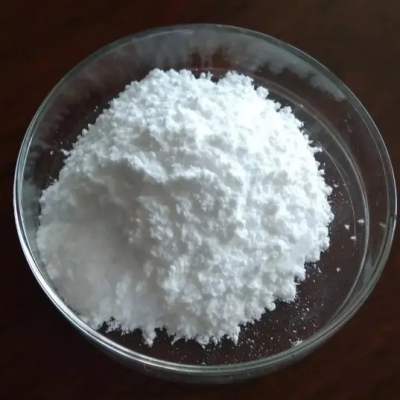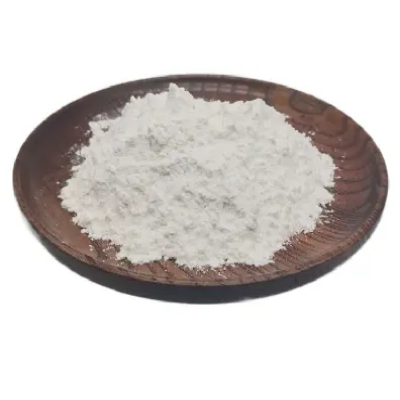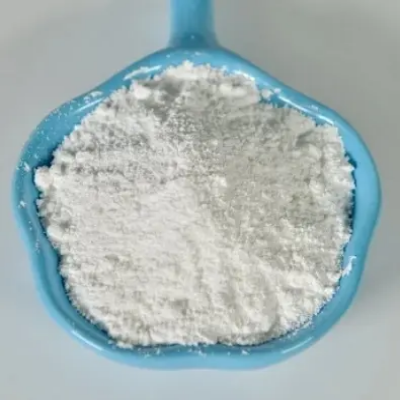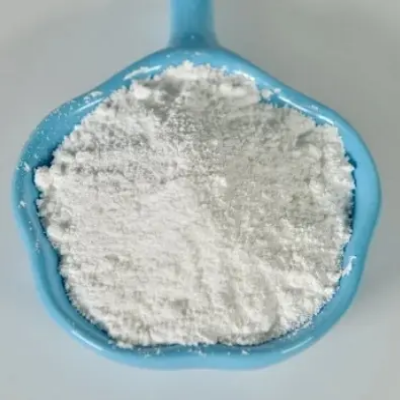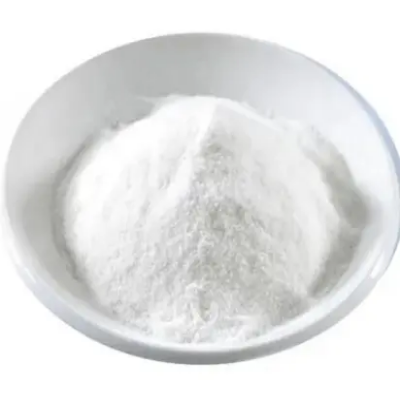benzoylglycine CAS:495-69-2
The versatile nature of benzoylglycine enables its application across diverse fields, encompassing organic synthesis, medicinal chemistry, and biochemical investigations, reflecting its importance as a fundamental building block and molecular probe in scientific research and industrial processes. In organic synthesis and medicinal chemistry, benzoylglycine serves as a valuable precursor for the preparation of pharmaceutical intermediates, heterocyclic compounds, and bioactive molecules. Its reactivity allows for the introduction of functional groups and structural modifications, enabling the synthesis of diverse compounds with potential therapeutic properties. Additionally, benzoylglycine's involvement in peptide synthesis and derivatization contributes to the development of novel peptide-based drugs, peptidomimetics, and molecular probes used in drug discovery and biomedical research, underscoring its significance in advancing pharmaceutical science and therapeutic innovation. Furthermore, benzoylglycine finds utility in biochemical and metabolic studies as a biomarker and analytical standard for investigating amino acid metabolism, protein degradation pathways, and enzymatic reactions. Its role as a model compound for simulating amino acid conjugation, acylation, and cleavage reactions provides insights into physiological processes, disease mechanisms, and drug metabolism, supporting the elucidation of biochemical pathways and the characterization of metabolic disorders. Additionally, benzoylglycine's use as a research tool in mass spectrometry and chromatography facilitates the quantification and identification of metabolites in biological samples, contributing to the understanding of metabolic profiles and disease biomarkers, thereby aiding diagnostic and research efforts in the fields of clinical biochemistry and personalized medicine. Moreover, benzoylglycine's applications extend to chemical biology and bioconjugation chemistry, where it serves as a platform for designing bioactive compounds, fluorescent probes, and molecular imaging agents. Its conjugation with targeting moieties, fluorophores, or pharmacophores enables the construction of tailored compounds for studying biological processes, visualizing cellular components, and modulating biological activities, providing essential tools for elucidating complex biological phenomena and developing innovative strategies for disease diagnosis and treatment. Additionally, benzoylglycine is utilized in academic and industrial research for investigating reaction mechanisms, developing new synthetic routes, and exploring innovative chemical processes. Its versatility and synthetic utility underscore its significance in advancing scientific knowledge, expanding the frontiers of organic chemistry, and addressing the evolving needs of various industries. Overall, the diverse uses of benzoylglycine highlight its importance as a versatile compound with broad applications in organic synthesis, medicinal chemistry, and biochemical research, emphasizing its role as a pivotal component in driving scientific innovation, chemical research, and biomedical progress.






| Composition | C9H9NO3 |
| Assay | 99% |
| Appearance | white powder |
| CAS No. | 495-69-2 |
| Packing | Small and bulk |
| Shelf Life | 2 years |
| Storage | Store in cool and dry area |
| Certification | ISO. |





